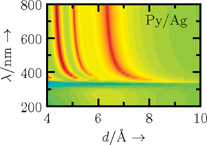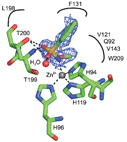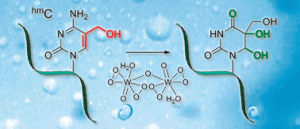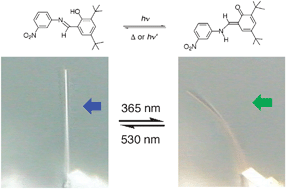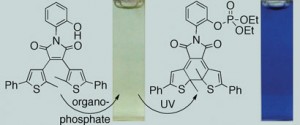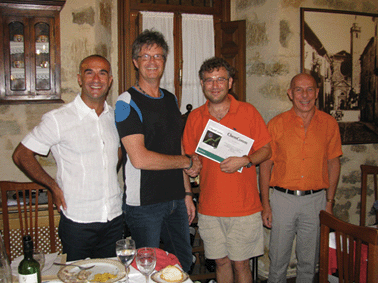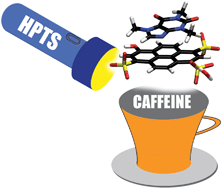ChemComm is delighted to announce a high-profile web themed issue on Ionic Liquids.
Guest editors: Robin D. Rogers (University of Alabama), Doug MacFarlane (Monash University) and Suojiang Zhang (Institute of Process Engineering)
This issue will consist of a series of Communications and Feature Articles from prominent scientists working on all aspects of ionic liquid chemistry. The scope will range from new fundamental knowledge about ionic liquids to novel applications of ionic liquids which take advantage of their unique attributes. Follow on studies or those of routine interest will not be considered.
The level of quality of this issue will be extremely high, and all manuscripts will undergo strict peer review. You are therefore encouraged to report work that you consider to be very important and conceptually significant in accord with the ChemComm mandate. Please note that inclusion in the issue is subject to the discretion of the guest editors.
Publication of the peer-reviewed articles will occur without delay to ensure the timely dissemination of the work. The articles will then be assembled on the ChemComm website as a web-based thematic issue.
Submit your work before 29th February 2012. Please add “ionic liquids” in the comments to the editor section.












